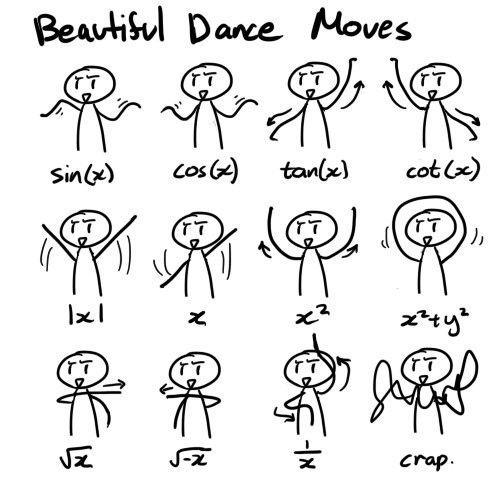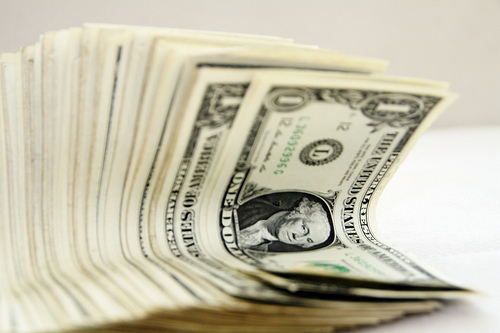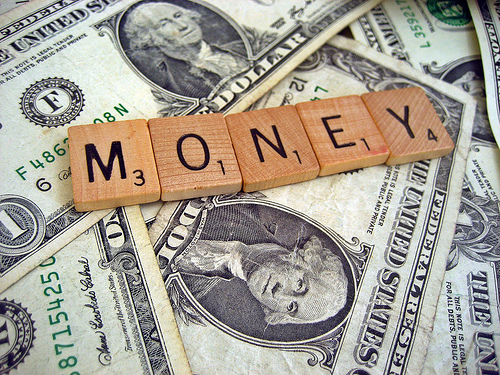
This post is an edited version of my responses in a Webinar panel-discussion organized by Wiley-Finance and FinCAD. The freely available Webcast is linked in the post, and contains responses from the other participants — Paul Wilmott and Espen Huag. An expanded version of this post may later appear as an article in the Wilmott Magazine.
What is Risk?
When we use the word Risk in normal conversation, it has a negative connotation — risk of getting hit by a car, for instance; but not the risk of winning a lottery. In finance, risk is both positive and negative. At times, you want the exposure to a certain kind of risk to counterbalance some other exposure; at times, you are looking for the returns associated with a certain risk. Risk, in this context, is almost identical to the mathematical concept of probability.
But even in finance, you have one kind of risk that is always negative — it is Operational Risk. My professional interest right now is in minimizing the operational risk associated with trading and computational platforms.
How do you measure Risk?
Measuring risk ultimately boils down to estimating the probability of a loss as a function of something — typically the intensity of the loss and time. So it’s like asking — What’s the probability of losing a million dollars or two million dollars tomorrow or the day after?
The question whether we can measure risk is another way of asking whether we can figure out this probability function. In certain cases, we believe we can — in Market Risk, for instance, we have very good models for this function. Credit Risk is different story — although we thought we could measure it, we learned the hard way that we probably could not.
The question how effective the measure is, is, in my view, like asking ourselves, “What do we do with a probability number?” If I do a fancy calculation and tell you that you have 27.3% probability of losing one million tomorrow, what do you do with that piece of information? Probability has a reasonable meaning only a statistical sense, in high-frequency events or large ensembles. Risk events, almost by definition, are low-frequency events and a probability number may have only limited practical use. But as a pricing tool, accurate probability is great, especially when you price instruments with deep market liquidity.
Innovation in Risk Management.
Innovation in Risk comes in two flavors — one is on the risk taking side, which is in pricing, warehousing risk and so on. On this front, we do it well, or at least we think we are doing it well, and innovation in pricing and modeling is active. The flip side of it is, of course, risk management. Here, I think innovation lags actually behind catastrophic events. Once we have a financial crisis, for instance, we do a post-mortem, figure out what went wrong and try to implement safety guards. But the next failure, of course, is going to come from some other, totally, unexpected angle.
What is the role of Risk Management in a bank?
Risk taking and risk management are two aspects of a bank’s day-to-day business. These two aspects seem in conflict with each other, but the conflict is no accident. It is through fine-tuning this conflict that a bank implements its risk appetite. It is like a dynamic equilibrium that can be tweaked as desired.
What is the role of vendors?
In my experience, vendors seem to influence the processes rather than the methodologies of risk management, and indeed of modeling. A vended system, however customizable it may be, comes with its own assumptions about the workflow, lifecycle management etc. The processes built around the system will have to adapt to these assumptions. This is not a bad thing. At the very least, popular vended systems serve to standardize risk management practices.







